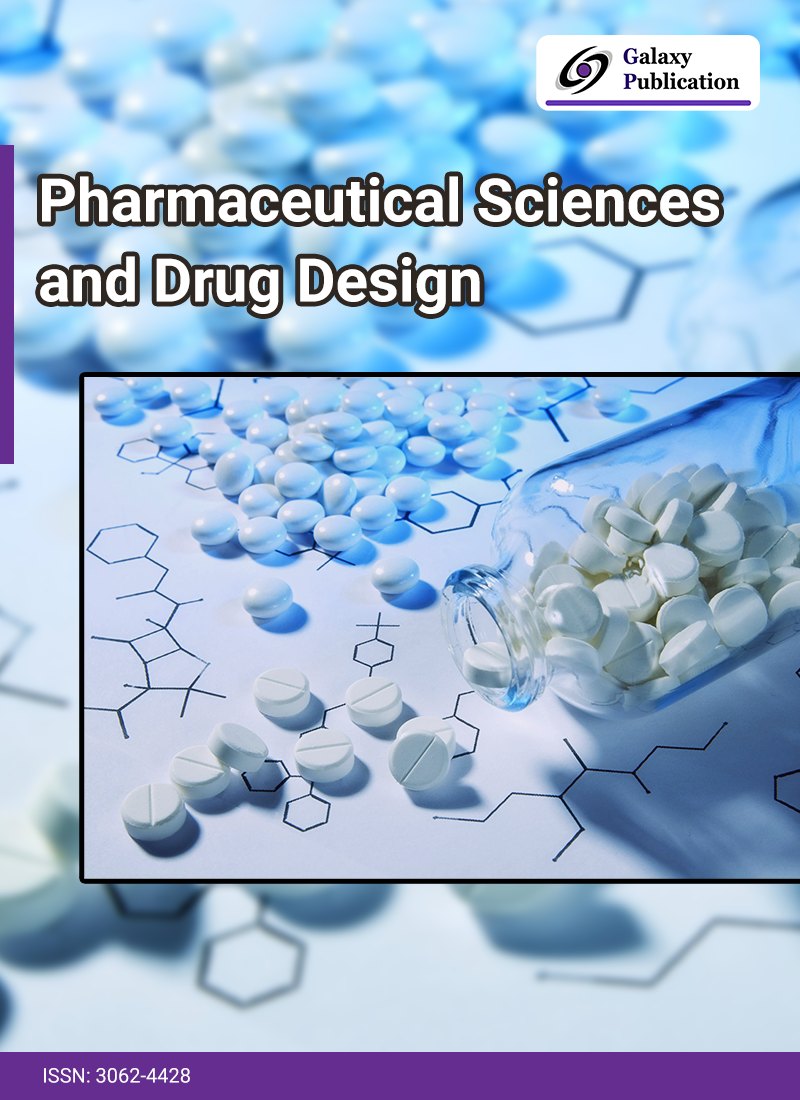
Over the past decade, significant changes have occurred in the approach to drug impurity profiling, as reflected in pharmacopeial and regulatory standards. This review provides an in-depth exploration of impurity profiling, focusing on the regulatory requirements. It offers detailed insights into various impurities such as residual solvents, water impurities, elemental contaminants, and carcinogenic substances, with special attention to genotoxic impurities. To meet the required quality standards, several pharmacopoeias have developed monographs. Regulatory organizations, including ICH, EMEA, USFDA, and the European Pharmacopeia, provide guidelines to minimize contaminants in pharmaceutical products. To detect and prevent impurities, the pharmaceutical and research sectors widely use analytical techniques such as HPLC, LC/MS, and GC/MS. This review also highlights the critical role of understanding genotoxic impurities as an essential aspect of a drug’s impurity profile.